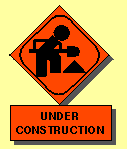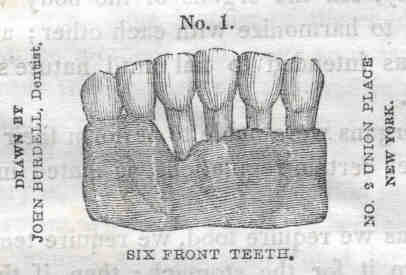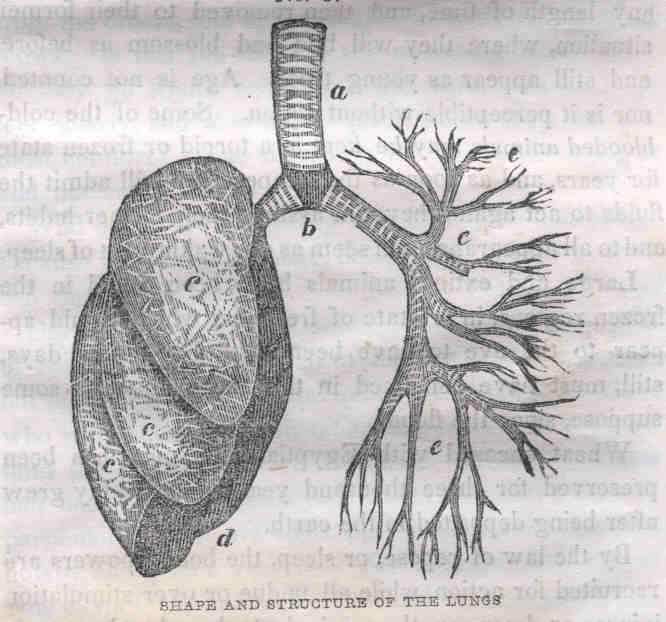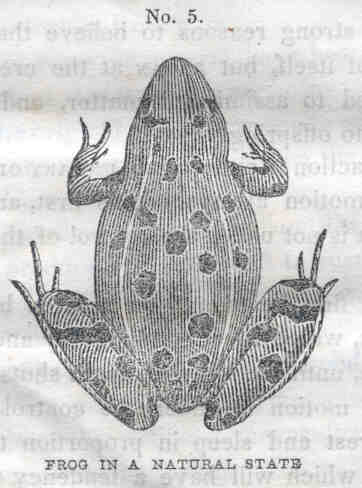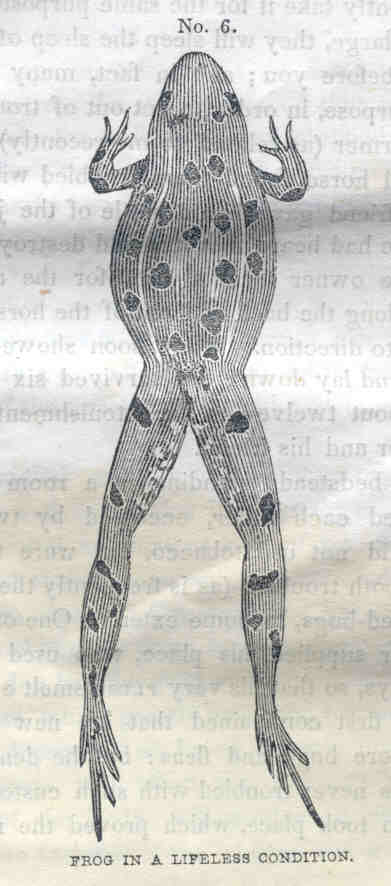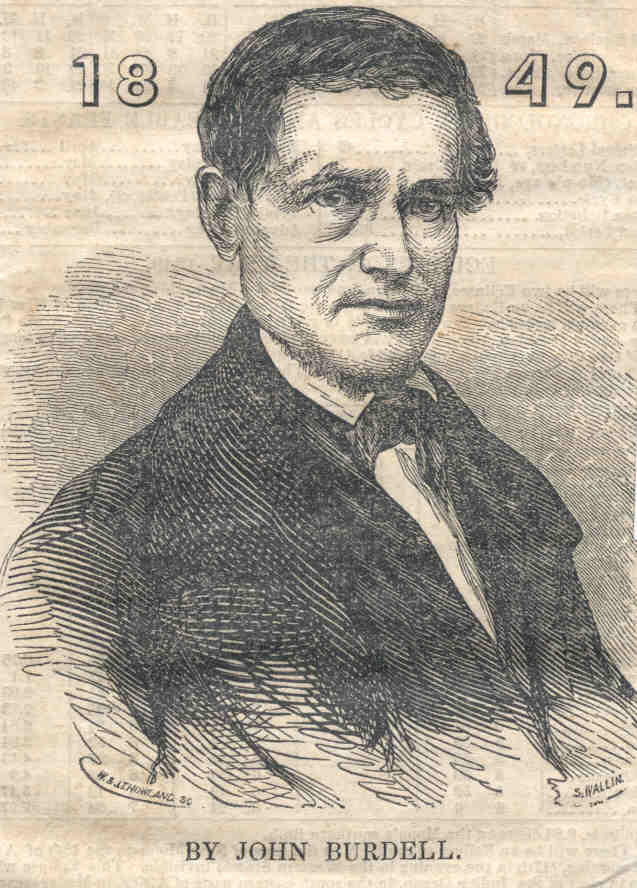 Welcome to the book Tobacco: Its Use and Abuse, by Dr. John Burdell (1848). Welcome to the book Tobacco: Its Use and Abuse, by Dr. John Burdell (1848).
Tobacco pushers and their accessories conceal the breadth of tobacco effects, the enormity of the tobacco holocaust, and the long record of documentation. The concealment process is called the "tobacco taboo." Other pertinent words are "censorship" and "disinformation." Here is the text by Dr. John Burdell, D.D.S., of an early exposé (1848) of tobacco dangers. It cites facts you don't normally ever see, due to the "tobacco taboo." The phrase "tobacco taboo" is the term for the pro-tobacco censorship policy—to not report most tobacco effects. As you will see, information about the tobacco danger was already being circulated in 1848, 116 years before the famous 1964 Surgeon General Report. Be prepared. |
Tobacco: Its Use and Abuse
by Dr. John Burdell
(Boston and New York: Fowler & Wells, 1848)
